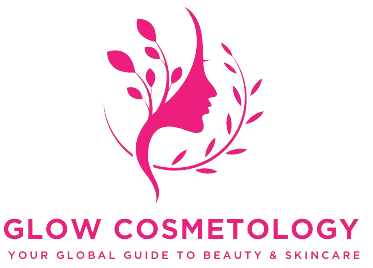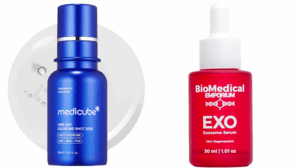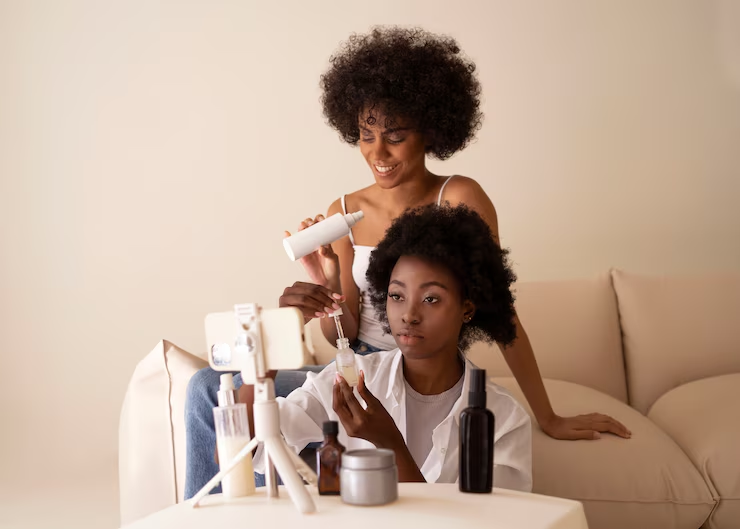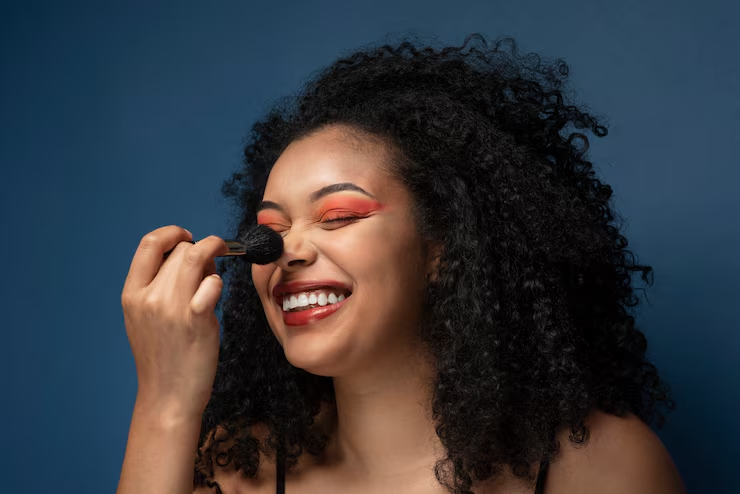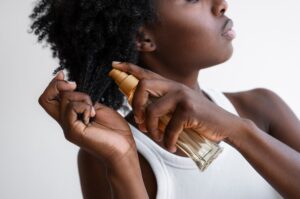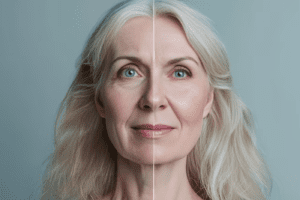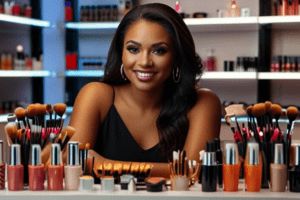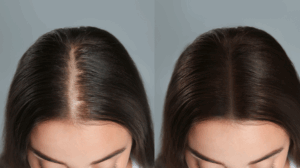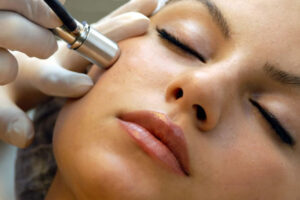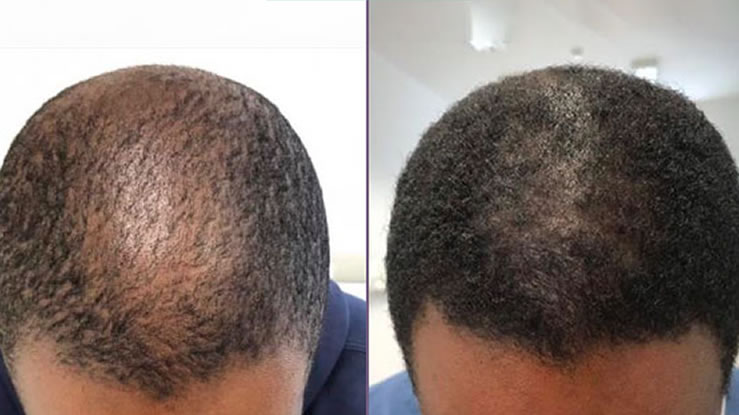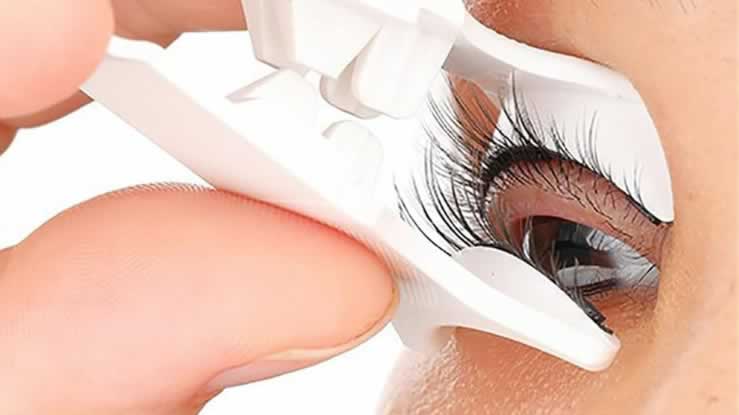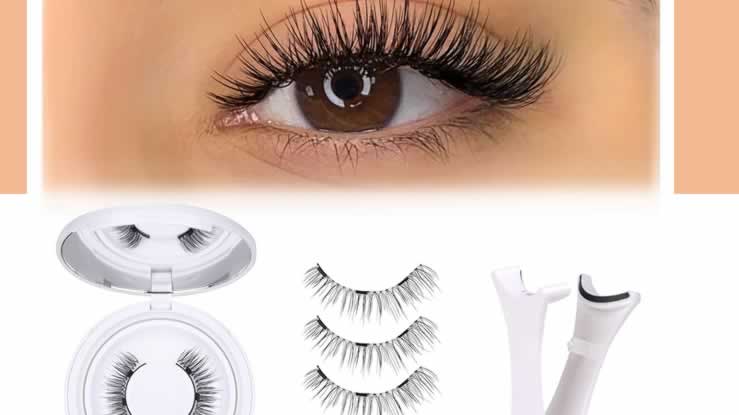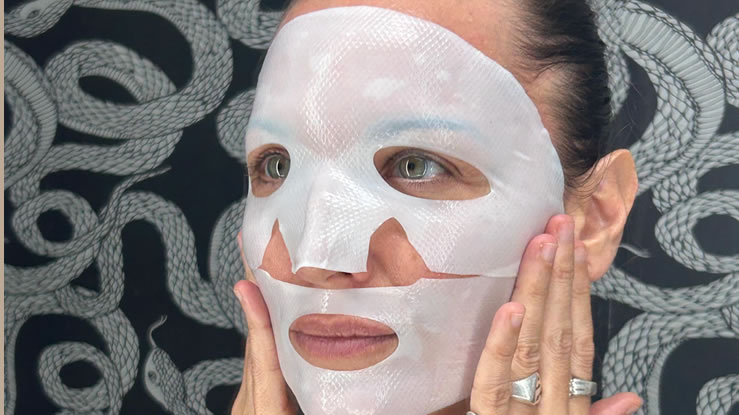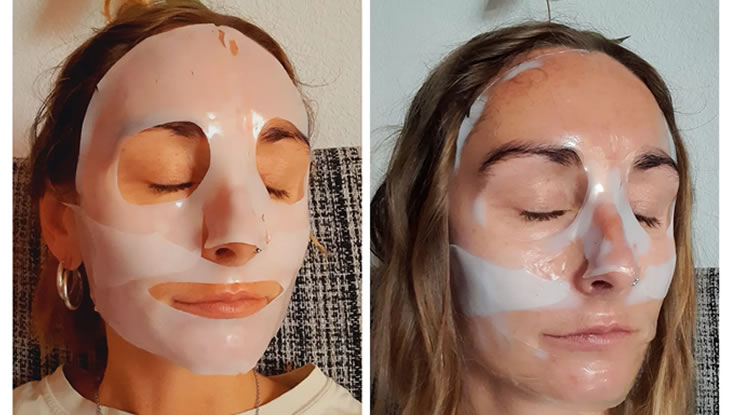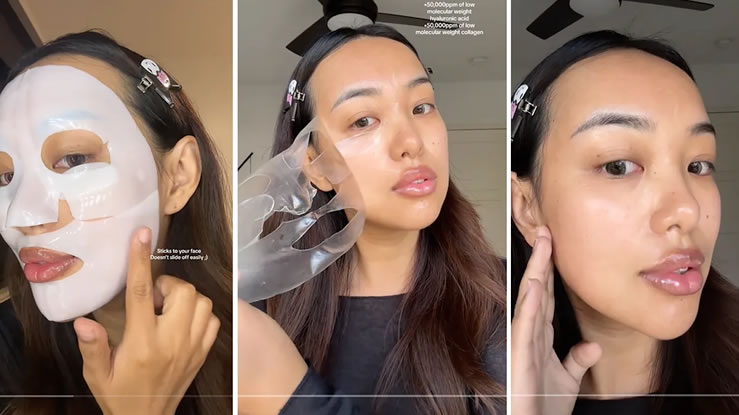People use makeup every day to enhance their looks, boost confidence, and express style. From foundation and blush to lipstick and mascara, cosmetic products are part of many daily routines. What most users do not realize is that many formulas still include harmful chemicals. These ingredients can irritate skin, disrupt hormones, or cause long-term health problems. This article breaks down the most common toxic ingredients in makeup and how they affect the body.
Why Knowing toxic ingredients in makeup Matters
The makeup industry is massive. Every year, new products flood the market. Many are sold with little regulation or safety testing. In some countries, companies are not even required to disclose every ingredient. This makes it hard for consumers to know what they are using. Learning about toxic ingredients in makeup helps protect your skin, your health, and your long-term well-being.
Read Also>>>Top Toxic Ingredients in Cosmetics
Parabens and Their Hormone-Like Activity
Parabens are preservatives used to extend shelf life. They prevent the growth of mold and bacteria in makeup. Common types include methylparaben, propylparaben, and butylparaben. Studies show that parabens mimic estrogen and may interfere with the body’s hormone system. They have been found in breast tissue and are under review for links to cancer. Many people now choose paraben-free cosmetics for this reason.
Phthalates Hidden in Fragrance | toxic ingredients in makeup
Phthalates are often added to makeup to improve texture or carry fragrance. These chemicals are rarely listed by name. Instead, they are hidden behind the term “fragrance” or “parfum” on labels. Phthalates have been linked to hormone disruption and reproductive issues. Exposure over time may cause birth defects or affect fertility. Safer products list all ingredients and avoid synthetic fragrance blends.
Formaldehyde and Its Releasers
Formaldehyde is a strong preservative known to cause skin irritation, allergic reactions, and even cancer. While not often listed directly, many makeup products contain ingredients that release formaldehyde slowly. These include quaternium-15, DMDM hydantoin, and imidazolidinyl urea. Products like pressed powders, eyelash glue, and certain eyeliners may contain them. Choosing products labeled as “formaldehyde-free” is a safer choice.
Talc and the Asbestos Risk
Talc is used in powders, eyeshadows, and blushes for a smooth texture. In its natural form, talc can be contaminated with asbestos, a known cancer-causing substance. Though many companies test for asbestos, concerns still remain. Inhalation of talc during application may also cause lung irritation. Opt for talc-free cosmetics when possible.
Heavy Metals Like Lead and Mercury
Lead is not added to makeup intentionally, but it is often found in trace amounts in lipsticks and eyeliners. Long-term exposure may damage the brain and nervous system. Mercury is another toxic metal sometimes found in mascara or skin-lightening makeup. Mercury can absorb through the skin and harm the kidneys and nervous system. Brands that test for metal contamination and follow strict safety standards are safer to use.
Toluene in Nail Products
Toluene is a solvent used in nail polish and some mascaras. It helps products apply smoothly and dry quickly. However, inhaling toluene fumes can cause dizziness, headaches, and long-term health risks. Pregnant women are advised to avoid it due to possible birth defects. Toluene is also irritating to skin and eyes. Look for nail and eye products labeled “toluene-free.”
Coal Tar Dyes in Eye and Lip Products
Coal tar is a thick, black liquid derived from coal. It is used to produce colorants in mascara, eyeliner, and lipstick. These dyes may appear as FD&C or D&C followed by a color and number. Coal tar dyes can be contaminated with heavy metals and have been linked to cancer in animal studies. Some countries restrict their use, while others still allow them in cosmetics.
BHA and BHT as Preservatives
Butylated hydroxyanisole (BHA) and butylated hydroxytoluene (BHT) are synthetic antioxidants. They help prevent product spoilage. These chemicals are found in lipsticks, eyeliners, and foundations. BHA is listed as a possible cancer-causing chemical. BHT may disrupt hormones. Both may also cause allergic reactions. Brands that use natural preservatives such as vitamin E or grapefruit seed extract are a safer alternative.
Siloxanes in Foundation and Primers
Siloxanes give makeup a silky, smooth feel. They are often found in primers, foundations, and BB creams. Look for ingredients ending in -siloxane or -methicone. These chemicals may interfere with hormone function and can be harmful to aquatic life. Silicone-free makeup is now more widely available for people seeking safer alternatives.
PEG Compounds and Their Risks
Polyethylene glycols (PEGs) are petroleum-based compounds. They help thicken and soften cosmetic formulas. The concern with PEGs is that they may be contaminated with harmful by-products like 1,4-dioxane. This by-product has been linked to cancer. PEGs may also strip the skin’s natural barrier and cause dryness or irritation.
Fragrance and Its Hidden Dangers
“Fragrance” is a vague term that can hide hundreds of chemicals. Companies are not required to list every ingredient in their scent blends. Fragrance chemicals can cause allergies, skin irritation, or headaches. They may also act as hormone disruptors. Products labeled “fragrance-free” or “naturally scented” reduce the risk of adverse effects.
Oxybenzone in SPF Makeup
Some foundations and lip products include SPF for sun protection. One common ingredient in SPF formulas is oxybenzone. While it protects against UV rays, oxybenzone may cause hormone disruption and allergic reactions. It is also harmful to marine life. Products that use mineral-based sunscreens like zinc oxide or titanium dioxide are a better choice.
Alcohol in Face and Lip Products
Denatured alcohol or isopropyl alcohol is found in some foundations and lipsticks. It can dry out the skin and cause flaking or redness. People with sensitive skin should avoid products with high levels of alcohol. Look for formulas that use water or aloe vera instead.
Mineral Oil and Petrolatum
These ingredients are derived from petroleum. They are used to moisturize the skin and prevent water loss. While refined versions are safe, cheaper grades may contain impurities. Mineral oil can clog pores and cause acne. People with oily or acne-prone skin may want to avoid these ingredients and use plant oils instead.
How to Identify and Avoid Toxic Ingredients in Makeup
-
Read labels and look for chemical names you recognize
-
Choose products with fewer ingredients and clear sourcing
-
Look for safety certifications from trusted organizations
-
Avoid items with vague labels like “fragrance” or “color” without details
-
Patch test new products before full use
Safer Makeup Brands to Explore
Many cosmetic companies now offer clean and safer options. Look for brands that focus on transparent labeling and ingredient safety. Some examples include:
-
RMS Beauty
-
Ilia
-
Beautycounter
-
Ere Perez
-
100% Pure
-
Well People
-
Alima Pure
These companies often avoid common toxic ingredients in makeup and are a good starting point for a cleaner beauty routine.
Role of Government and Regulation on toxic ingredients in makeup
In places like the European Union, over 1300 chemicals are banned from cosmetics. In the United States, the list is under 50. The difference shows why consumers need to stay informed. Regulatory bodies move slowly, and not all harmful ingredients are removed quickly. Supporting brands with strict internal safety standards can make a difference.
Importance of Consumer Awareness for the toxic ingredients in makeup
As more people learn about toxic ingredients in makeup, they are demanding better products. This push has led to new regulations and more clean beauty brands. Social media and consumer reviews help expose poor practices. You do not need to be an expert, but understanding the basics goes a long way. Pay attention to what you apply to your skin every day.
The list of toxic ingredients in makeup may seem long, but knowledge is power. Being aware of what is inside your cosmetics helps you make better choices. Start by avoiding the most harmful ingredients and slowly switch to cleaner options. Your skin and health are worth protecting, and safer products are more available than ever. Stay informed, read labels, and ask questions. With small changes, you can reduce your exposure and still enjoy a full makeup routine.
